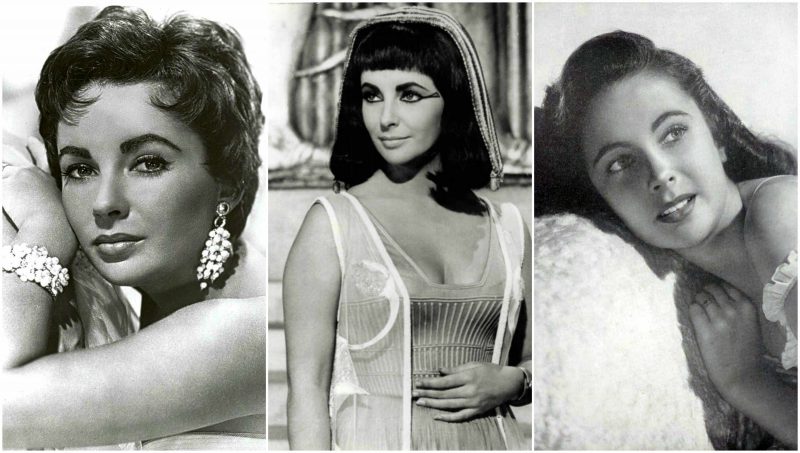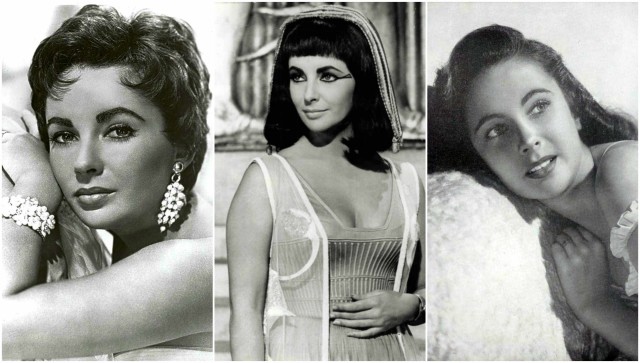
It’s not the having, it’s the getting.
-Elizabeth Taylor
Elizabeth Taylor was both one of the last stars of classical Hollywood cinema, and one of the first modern celebrities. During the era of the studio system, she exemplified the classic film star; portrayed as different from “ordinary” people, and with a public image carefully crafted and controlled by MGM. When the era of classical Hollywood ended in the 1960s and paparazzi photography became a normal feature of media culture, Taylor came to define a new type of celebrity, whose real private life was the focus of public interest. According to Adam Bernstein of The Washington Post, “more than for any film role, she became famous for being famous, setting a media template for later generations of entertainers, models and all variety of semi-somebodies.”
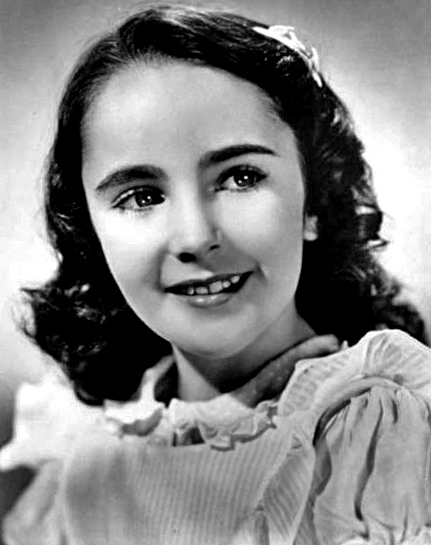
She began as a child actress in the early 1940s, and was one of the most popular stars of classical Hollywood cinema in the 1950s. She continued her career successfully into the 1960s, and remained a well-known public figure for the rest of her life. The American Film Institute named her the seventh greatest female screen legend in 1999.
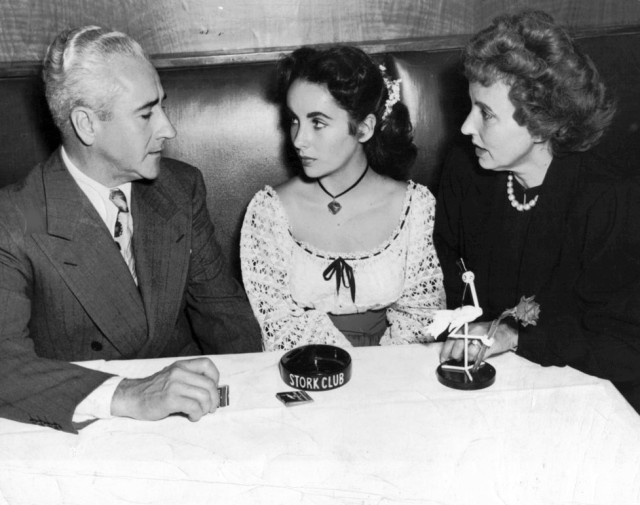
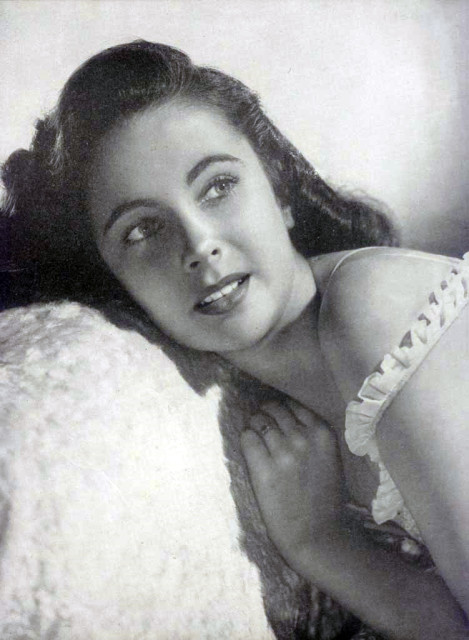
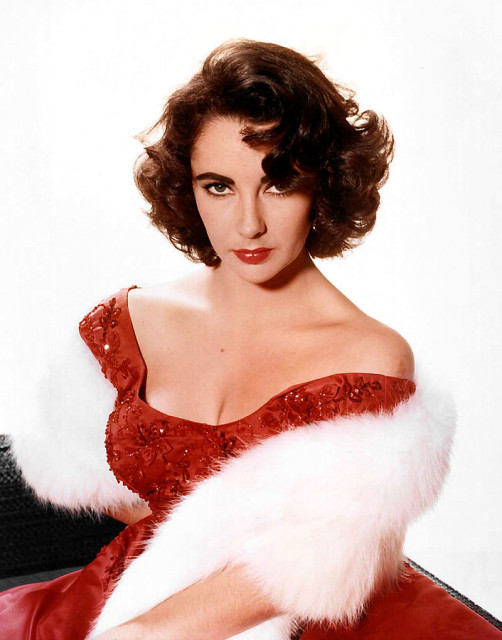
Regardless of the acting awards she won during her career, Taylor’s film performances were often overlooked by contemporary critics; according to film historian Jeanine Basinger, “No actress ever had a more difficult job in getting critics to accept her onscreen as someone other than Elizabeth Taylor … Her persona ate her alive.” Her film roles often mirrored her personal life, and many critics continue to regard her as always playing herself rather than acting. In contrast, Mel Gussow of The New York Times stated that “the range of [Taylor’s] acting was surprisingly wide”, despite the fact that she never received any professional training.
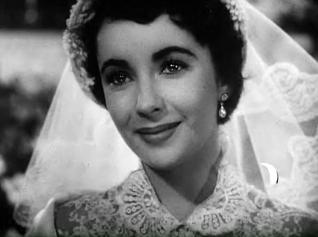
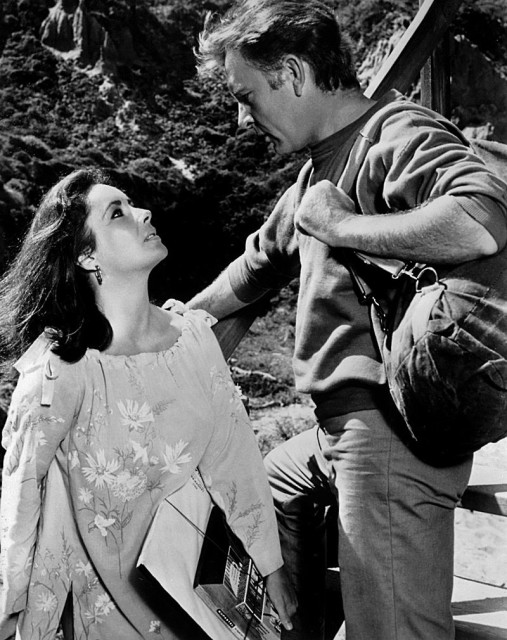
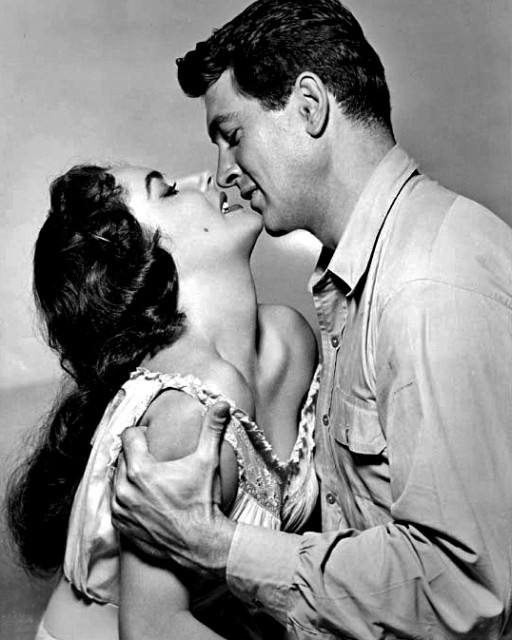
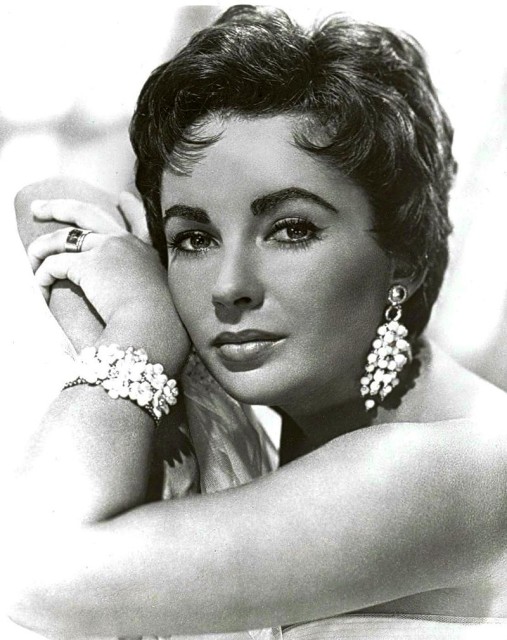
Film critic Peter Bradshaw called her “an actress of such sexiness it was an incitement to riot – sultry and queenly at the same time” and “a shrewd, intelligent, intuitive acting presence in her later years”. David Thomson stated that “she had the range, nerve and instinct that only Bette Davis had had before — and like Davis, Taylor was monster and empress, sweetheart and scold, idiot and wise woman.” Three films in which she starred, National Velvet, Giant and Who’s Afraid of Virginia Woolf? have been preserved in the National Film Registry, and the American Film Institute has named her the seventh greatest female screen legend of classical Hollywood cinema.
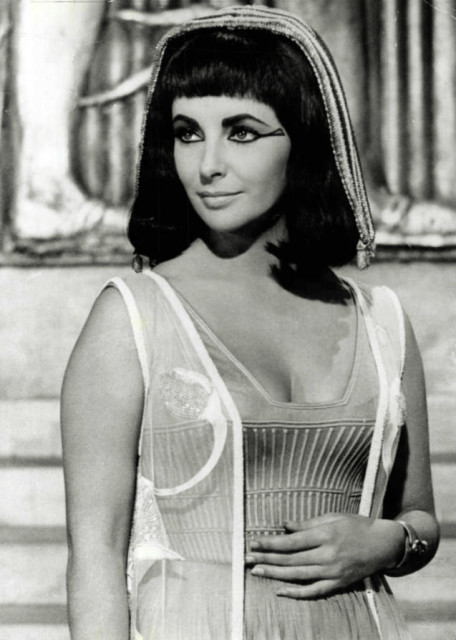
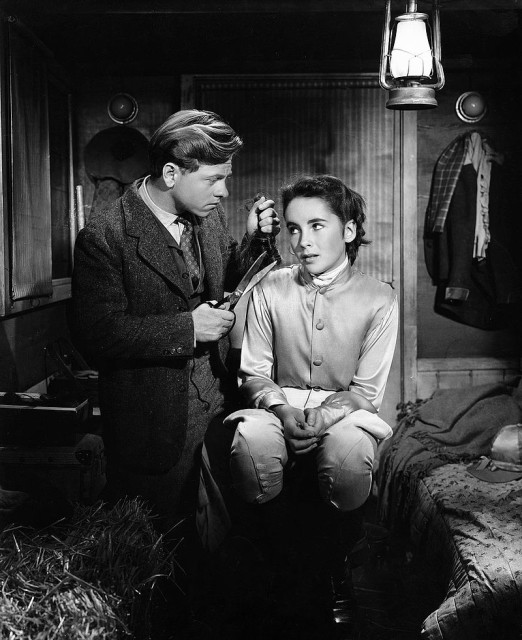
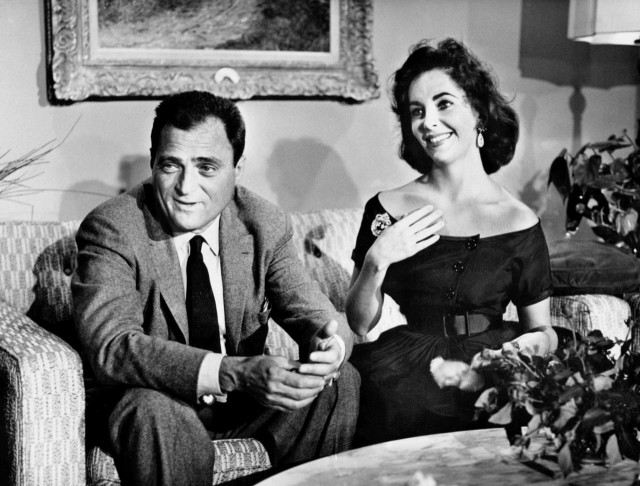
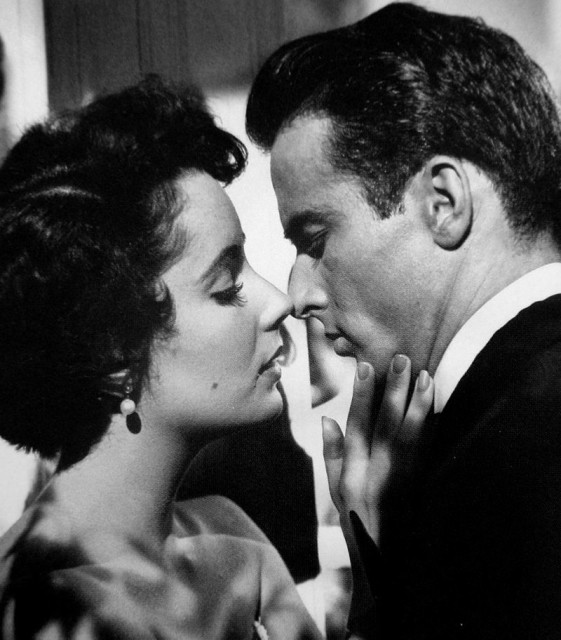
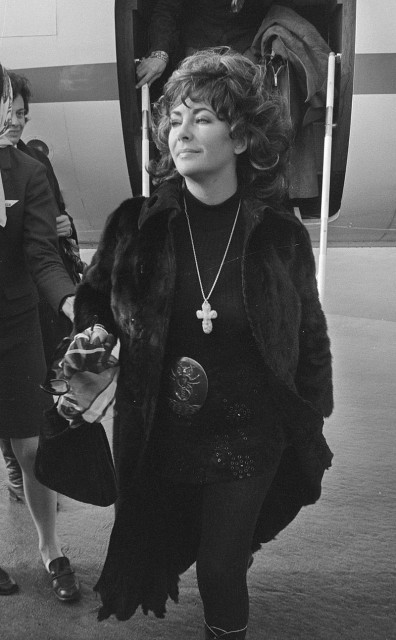
Taylor’s personal life was subject to constant media attention throughout her life. She was married eight times to seven men, endured serious illnesses, and led a jet set lifestyle, including collecting one of the most expensive private collections of jewelry. After many years of ill health, Taylor died from congestive heart failure at the age of 79 in 2011.
